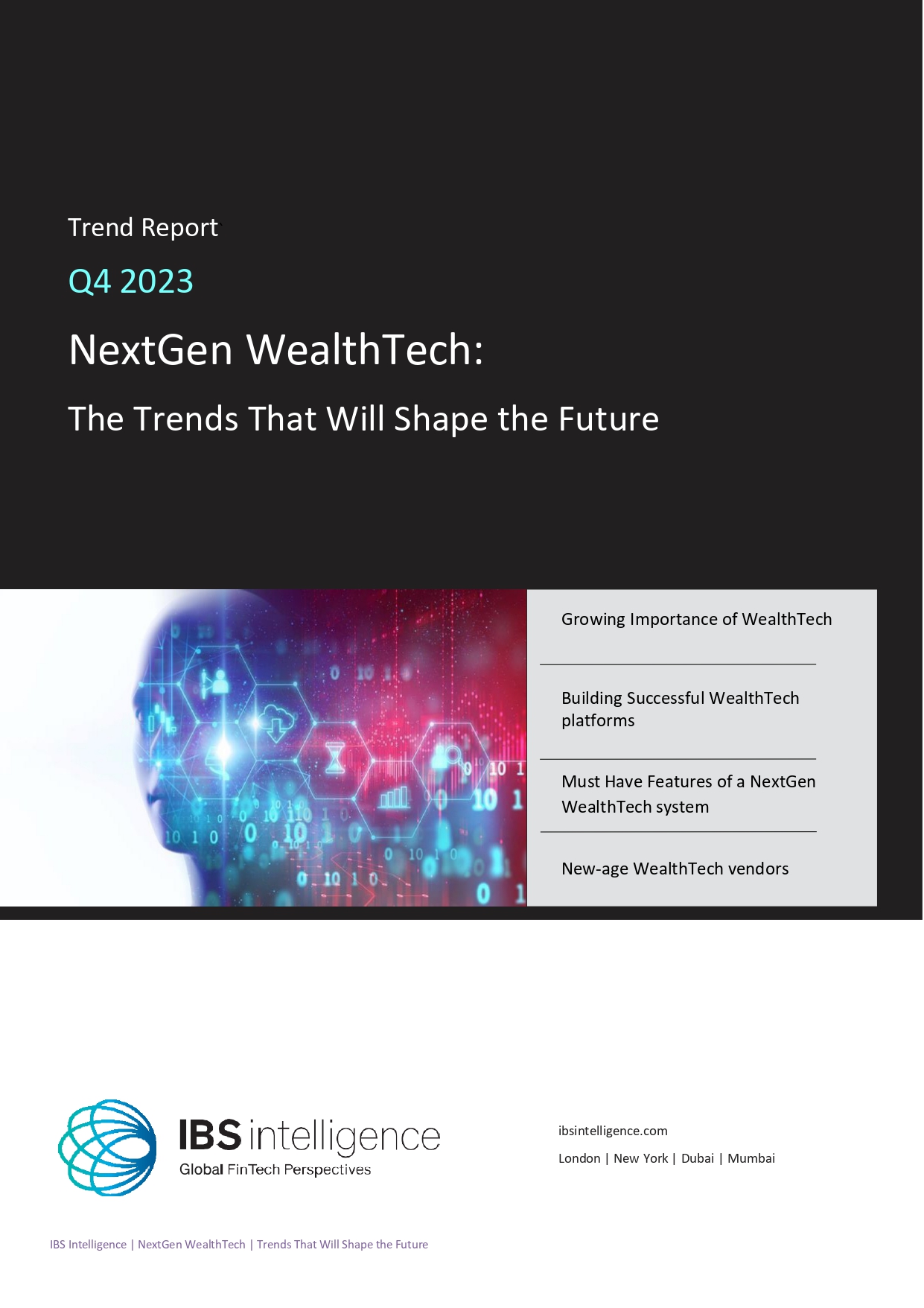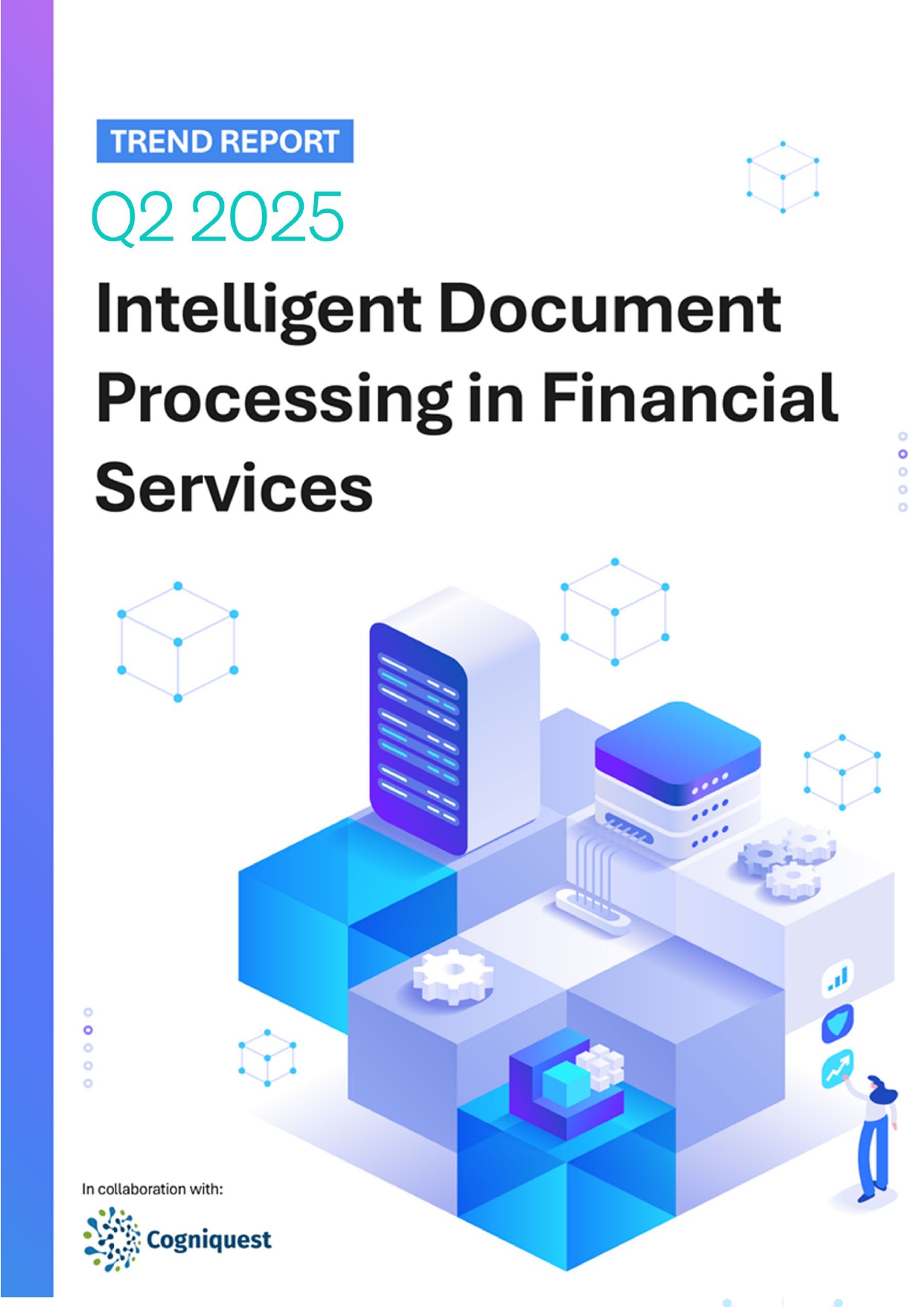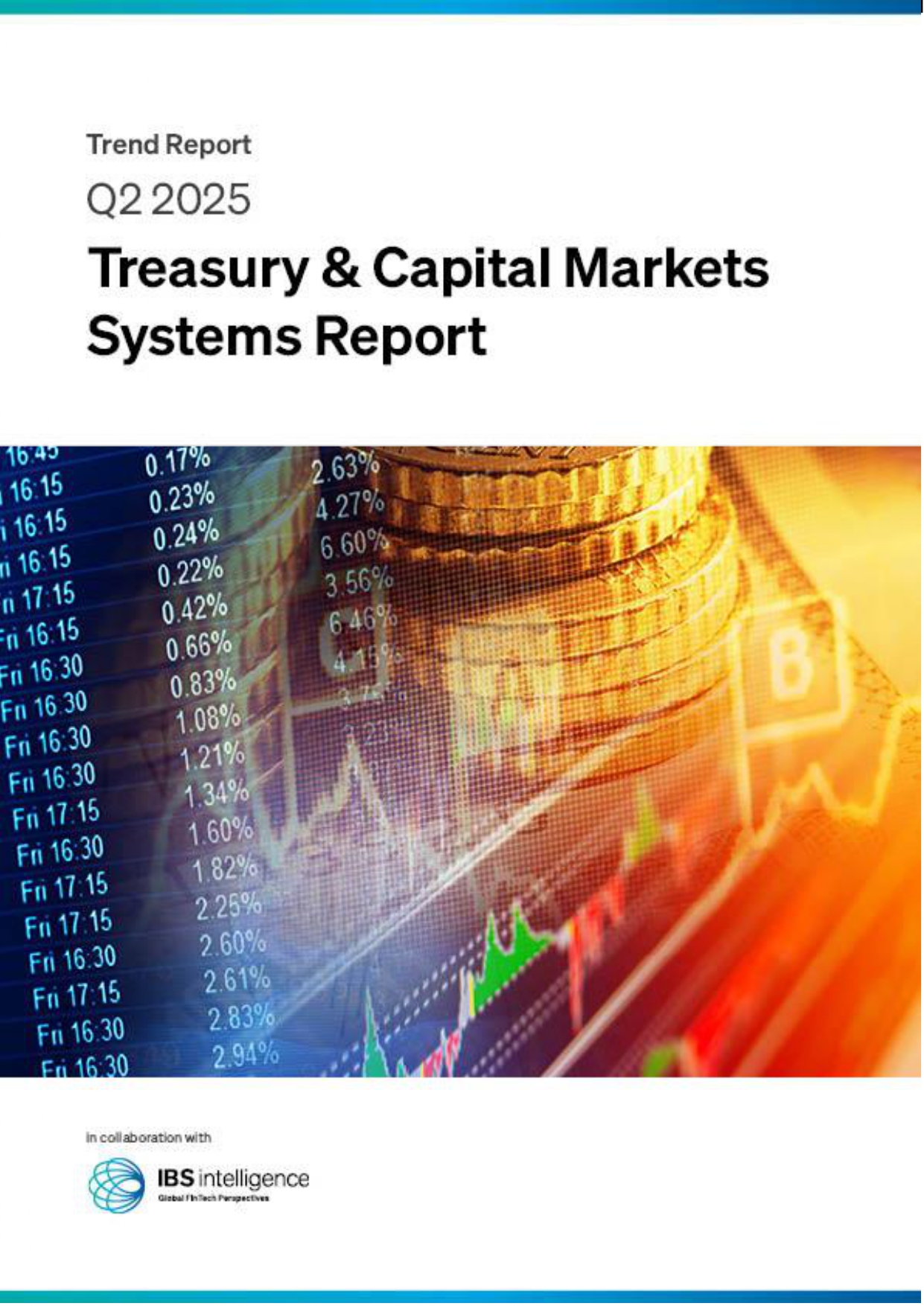 Back
Back
Getting women into technology roles: still a work in progress
The technology gender gap is still not closing quickly enough, according to research by recruitment firm Search Consultancy.
Following a deep dive into ten years’ worth of data, Search has revealed that women are still struggling to break through into the traditionally male-dominated world of technology.
Focusing on key roles within the ICT and technology sector, Search discovered there has been little movement in the number of women occupying the positions. There have though, been some exceptions.
The data shows that in 2007, women made up 13.6% of all workers put into IT roles. This figure has climbed by only 1.8% in 10 years to 15.4% for 2017.
And looking at the specific roles women are securing, there is still a long way to go to level the playing field.
- In 2007, only 9% of Manager/Leader positions were obtained by women. For 2017, the figure stands at just 14.8%.
- Other key figures showed 10% of all developer roles went to women in 2007, a figure that has climbed just 4.8% in 10 years to 14.8% today.
- Perhaps most disappointing is that the number of female engineers has decreased since 2007, where the figure stood at a respectable 20%. Today that figure has dropped to a mere 5.8%.
Amidst what is a decidedly depressing set of figures, there is some cause for optimism. Year-on-year comparisons across the same period from 2016 to 2017 saw an increase in female appointments into Director roles. Indeed, nearly a quarter of Directors (22.2%) placed by Search were women, a healthy jump from zero in 2016.
Donna Turner, Director of IT Recruitment in Scotland reflected on the findings, “It’s clear from the research there is still much work to do in creating some gender balance within the IT sector. Search has always had an unwavering commitment to gender equality in all workplaces, and though progress is slow, we mustn’t lose sight of the fact that, for the most part, the female presence in IT is growing.
Donna said: “We have to accept that, for whatever reason, it is predominantly men who are attracted to the IT sector, and that is reflected in the data. It is incumbent on schools and businesses to do more to make the sector a more attractive option for women. In the meantime, we will continue to do everything we can to help realise the ambitions of those women who are clear that IT is where they see their future.”
IBSi News
Get the IBSi FinTech Journal India Edition
- Insightful Financial Technology News Analysis
- Leadership Interviews from the Indian FinTech Ecosystem
- Expert Perspectives from the Executive Team
- Snapshots of Industry Deals, Events & Insights
- An India FinTech Case Study
- Monthly issues of the iconic global IBSi FinTech Journal
- Attend a webinar hosted by the magazine once during your subscription period
₹200 ₹99*/month
* Discounted Offer for a Limited Period on a 12-month Subscription
IBSi FinTech Journal

- Most trusted FinTech journal since 1991
- Digital monthly issue
- 60+ pages of research, analysis, interviews, opinions, and rankings
- Global coverage
Other Related Blogs
June 27, 2025
Intelligent payment orchestration – why 2025 is an inflection point for banks in Europe
Read MoreRelated Reports

Sales League Table Report 2025
Know More
Global Digital Banking Vendor & Landscape Report Q2 2025
Know More
NextGen WealthTech: The Trends To Shape The Future Q4 2023
Know More
Intelligent Document Processing in Financial Services Q2 2025
Know More

